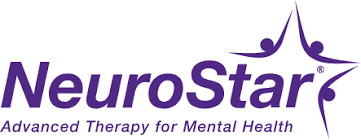Clinical studies indicate that 83% of patients have a good response to NeuroStar TMS, and 62% of patients with a good response maintain remission 12 months after treatment.
Anecdotal evidence suggests that some patients who experience a recurrence of symptoms of their depressive symptoms usually respond to repeat sessions of TMS.
NeuroStar TMS works by using magnetic pulses to transform the neural networks of the brain. These pulses work to stimulate increased cell activity in the areas of the brain that regulate mood.
One particular area, called the dorsal lateral prefrontal cortex, is known to be underactive during depression. This stimulation, over the course of treatment, can result in the decrease of depression symptoms.


